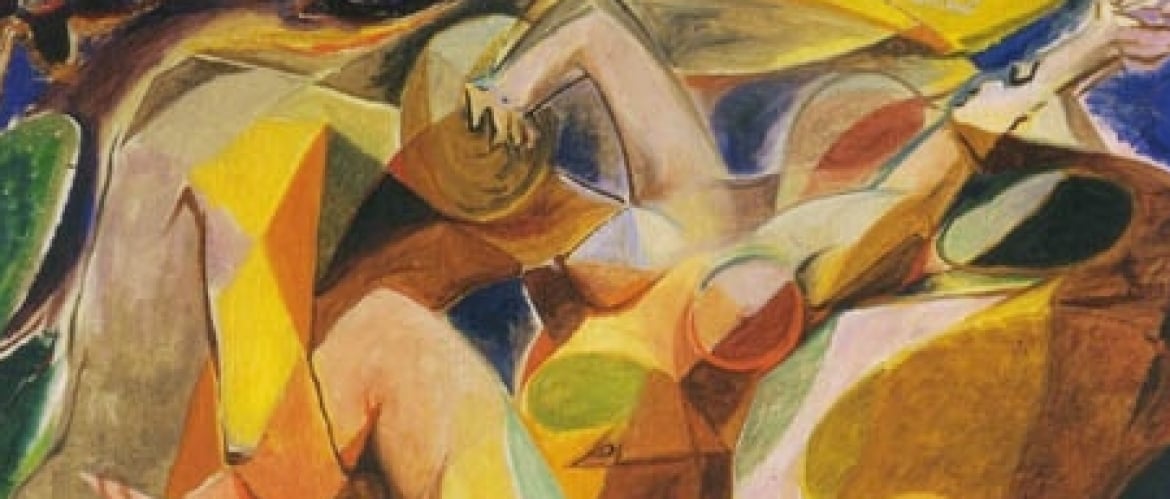
In the current article, we will examine the works of French surrealist André Masson (1896-1987), who is known for his ‘automatic drawings.’ He contributed to many surrealist editions, illustrated the famous Le Con d’Irene by Aragon, and collaborated with philosopher Georges Bataille on his Acéphale magazine. Masson’s sado-erotic paintings embodied human hunger, if not for religion, then for myths.
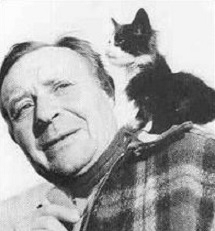
Fig. 1. Andre Masson with a cat (Wikipedia.org)
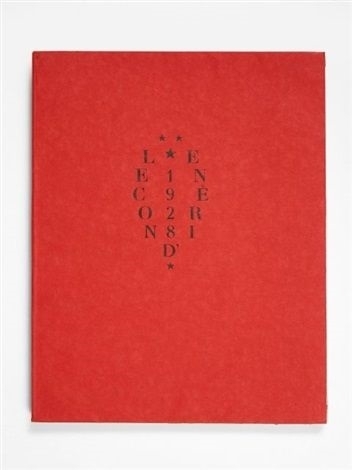
Fig. 2. Cover of Le Con d’Irene (Irene’s Cunt) by Andre Masson
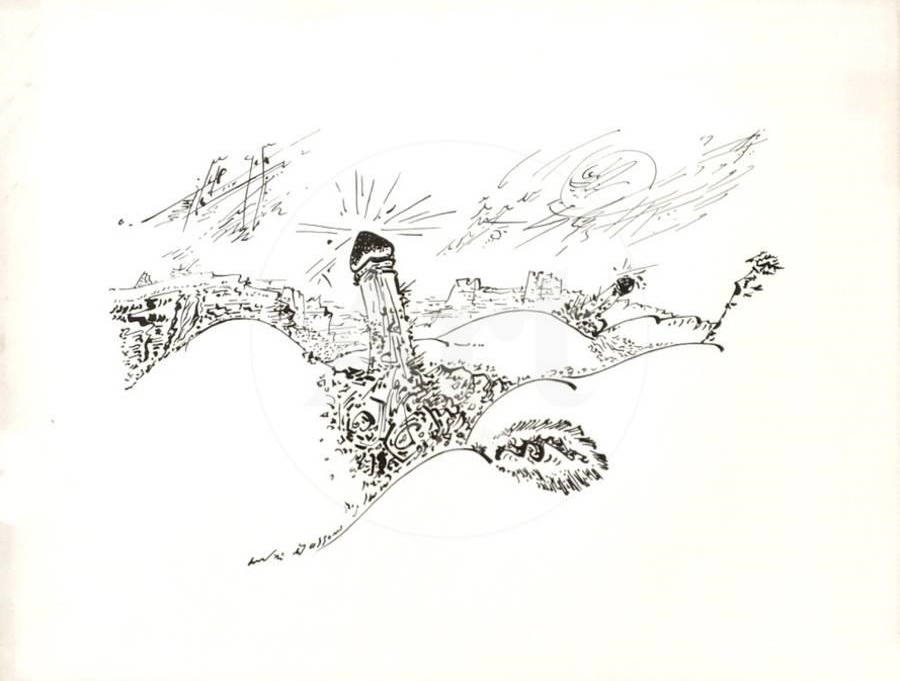
Fig. 3. Terre Erotique IX (artprintimages.com)
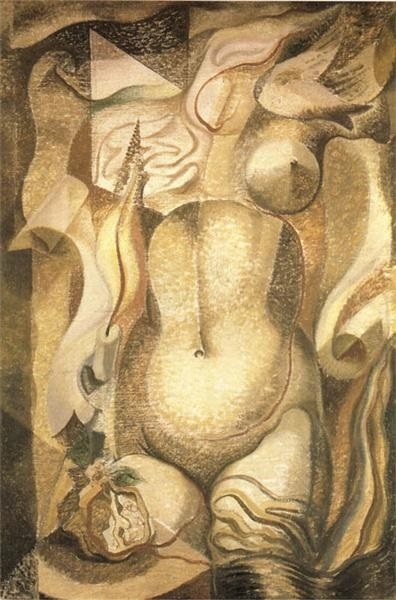
Fig. 4. Armour, 1925 (amor/armour wordplay)
In and Out of Surrealism
Masson was born in Balagny-Sur-Thérain, a commune in the Oise department in the north of France. When he was eight, the family moved to Brussels. Masson started his art studies at the Académie Royale des Beaux-Arts three years later. His mentor was Constant Montald, a Belgian painter, muralist, sculptor, and teacher. At sixteen, Masson enrolled École des Beaux-Arts in Paris and studied there for one year. He was recruited and fought for France during the War. He was seriously injured in the Battle of the Somme in 1917 and recovered for a long period in various hospitals. In 1919, living in Céret, he started painting again. His initial works reflected the artist’s interest in cubism.
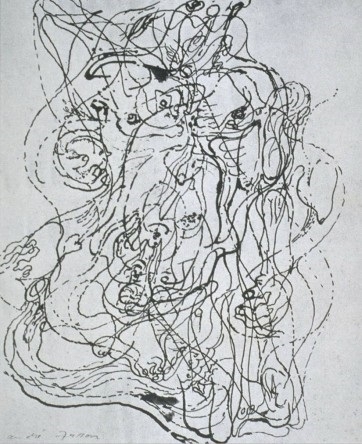
Fig. 5. Automatic drawing
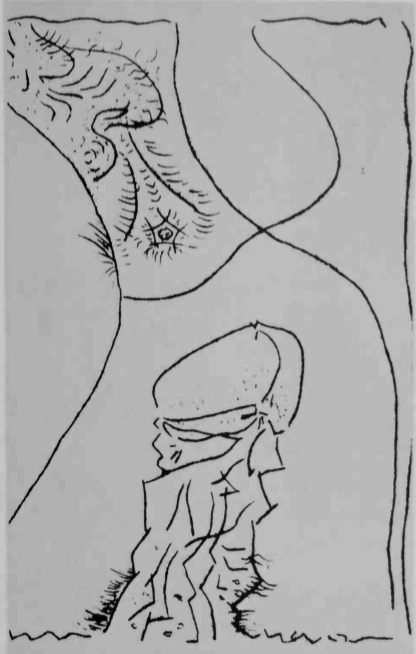
Fig. 6. Lithograph (The Complete Book of Erotic Art, V. 1. p. 115)
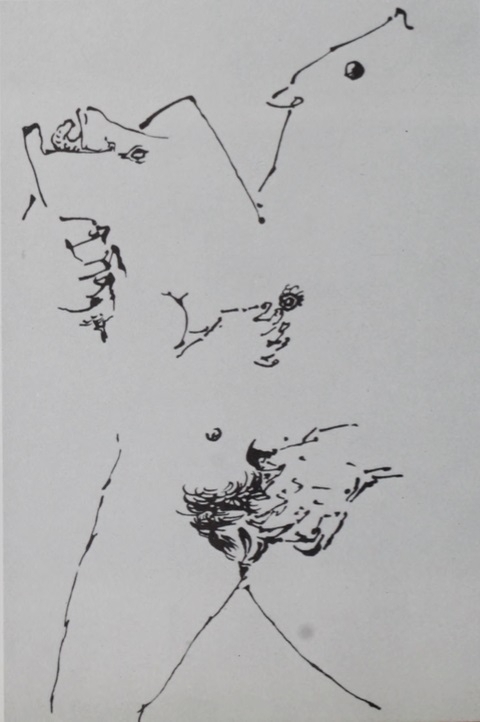
Fig. 7. Ink drawing (The Complete Book of Erotic Art, V. 1. p. 114)
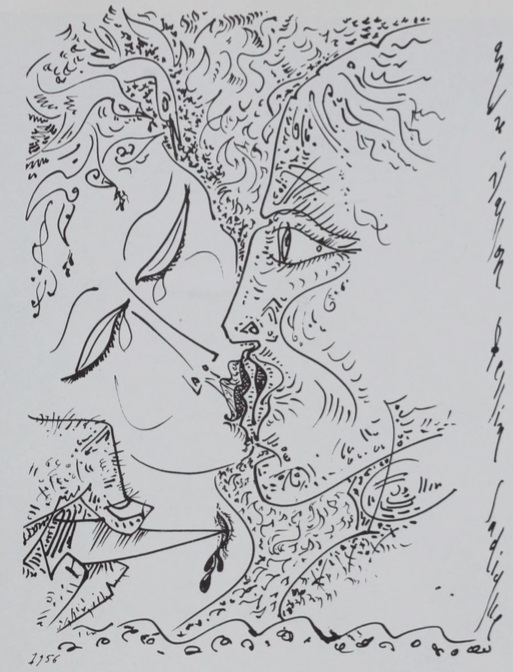
Fig. 8. Ink drawing (The Complete Book of Erotic Art, V. 2. p. 53)
Automatic Drawings
In the 1920s, Masson returned to Paris and made an acquaintance with Joan Miro. This way, he gradually became curious about surrealism and surrealists, whose group he joined in 1924. As a surrealist, Masson gained prominence with his automatic drawings. The technique of unconscious drawing affected his artistic method in general. In conversation with Matisse in 1932, he described it, saying that, “I begin without an image or plan in mind, but just draw or paint rapidly according to my impulses. Gradually, in the marks I make, I see suggestions of figures or objects. I encourage these to emerge, trying to bring out their implications even as I now consciously try to give order to the composition.” Nevertheless, his relationship with surrealism was problematic.
Peace with Breton
In 1929, he was excluded from the group due to “the schism that tore the Surrealist group apart” as it’s said in the Historical Dictionary of Surrealism (2010). By the end of the 1920s, Breton issued the second manifest of surrealism that excommunicated Surrealists reluctant to commit to collective action: Baron, Desnos, Boiffard, Michel Leiris, Raymond Queneau, Jacques Prévert, and André Masson. The latter would make peace with Breton only in 1937.
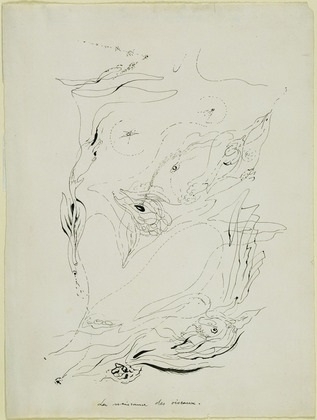
Fig. 9. Birth of Birds, 1925
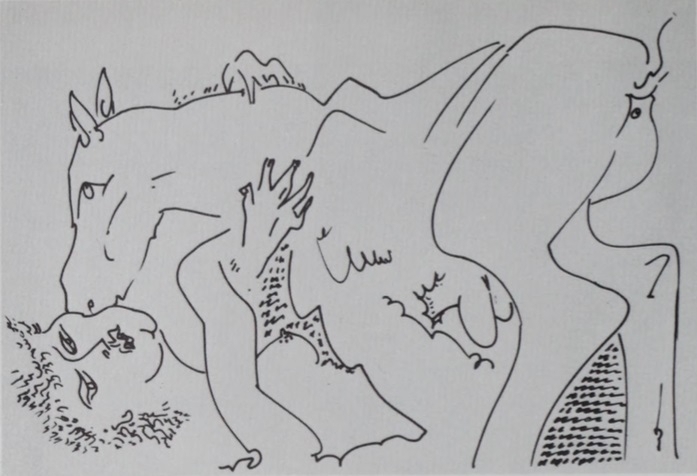
Fig. 10. Illustration to Golden Ass (The Complete Book of Erotic Art, V. 2. p. 114)
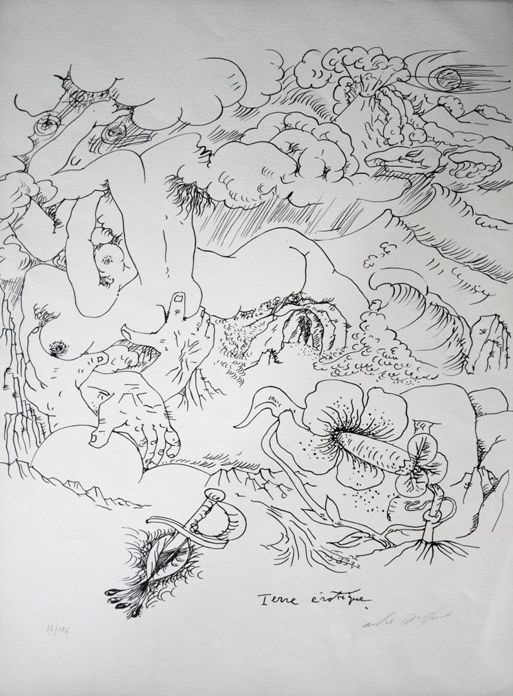
Fig. 11. Terre Erotique
From Ares to Eros
In some of his paintings, Masson expressed his vision and traumatic experience of the war. Hallucination-like Battle of Fishes, 1926 (Fig.12) is a work of this kind. The style of the painting evokes in mind pre-historic or child’s drawings. At the same time, the sight of bleeding fishes makes us think of a possible mythological narrative behind it, something like Batrachomyomachia but a bit darker. The military experience drew Masson’s attention to savage and barbaric elements of the human psyche and culture, to primeval instincts that were captured, for instance, in the image of Dionysus, the Greek god of wine (Fig.13). The point is that Dionysus wasn’t merely a god of winemaking, but the god of alcoholic intoxication or ‘madness,’ the state when people don’t control themselves and feel socially and sexually liberated. This agricultural god is both an executor and a victim, which symbolizes the cycles of nature.
Pasiphae’s Lust
In lots of myths related to Dionysus, his flesh is torn to pieces. Maenads or female followers of the god could kill beasts or people in an attack of this madness. So they did to Orpheus, who was mourning about Eurydice he failed to bring back to life. The figure of maenad combines Eros and Thanatos, while tormented Orpheus embodies the suffering Dionysus. This ancient circle of agony attracted Masson as it corresponded to what he felt and saw around him. Another myth connected to bestial Eros was a story about Pasiphae, a wife of Minos and a queen of Crete, who wanted to copulate with a white bull. The bull was sent to Minos as a sign of the gods’ favor. Minos was ought to sacrifice the beast, but he decided to keep the bull for himself. Gods punished him through Pasiphae’s lust. Originally, Pasiphae asked craftsman Daedalus to make copulation possible, and he created a wooden cow. In Masson’s paintings, we see Pasiphae herself lying under the bull (Fig.16).
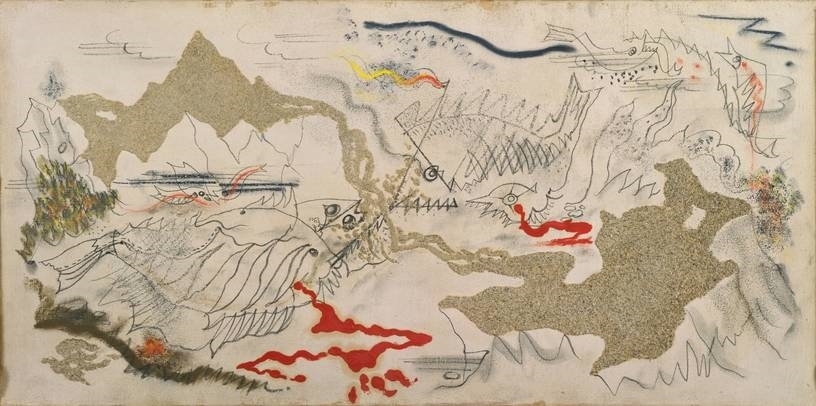
Fig. 12. Battle of Fishes, 1926 (moma.org)
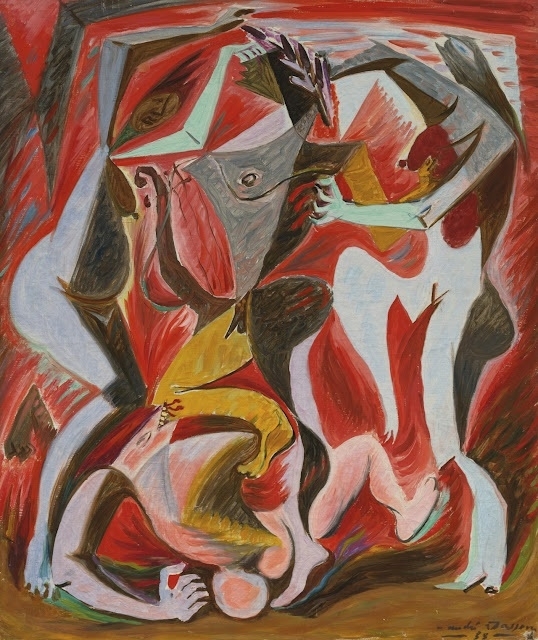
Fig. 13. Orphee outrage, 1933
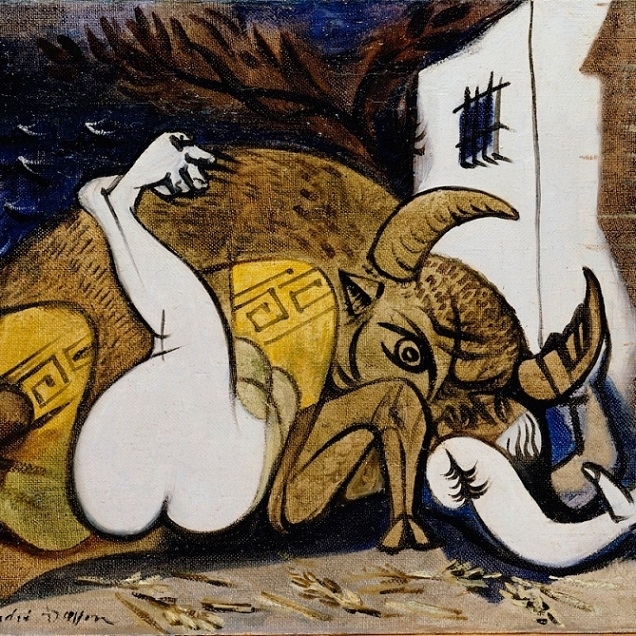
Fig. 14. Pasiphae, 1937
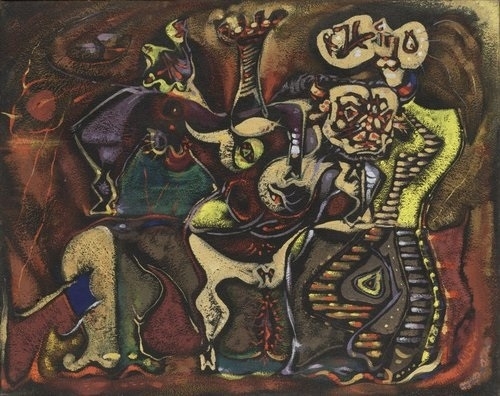
Fig. 15. Pasiphae, 1942

Fig. 16. L’Anus solaire, illustration to Georges Bataille’s text 1931
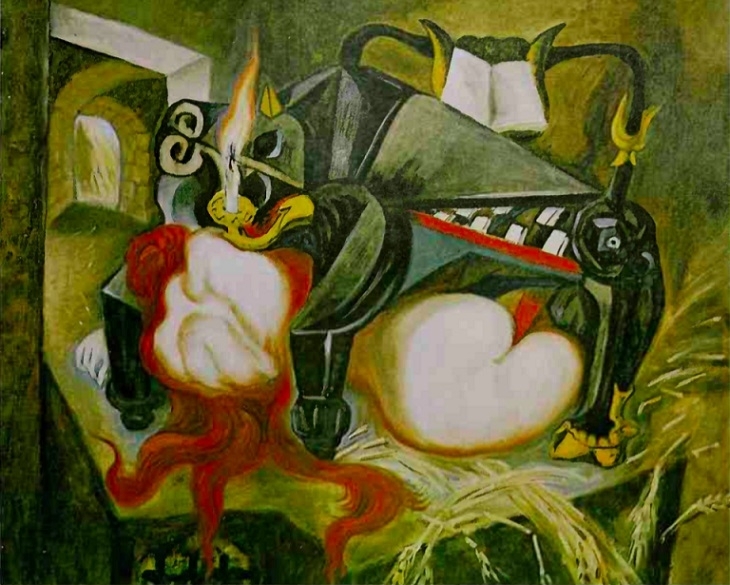
Fig. 17. The Pianotaure, 1937 (The Complete Book of Erotic Art, V. 1. p. 85)
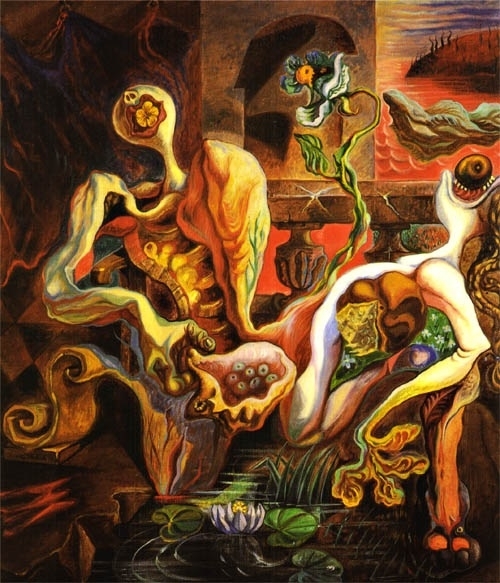
Fig. 18. The Metamorphosis of the lovers, 1938
Acéphale and the Mantis
In 1936, Georges Bataille involved Masson in working on his Acéphale magazine that was devoted to the restoration of the image of Nietzsche and also implied a secret society. Acéphale means ‘headless.’ While in paintings of Aiko Robinson, the concept of headless figures plays majorly an esthetic role, in the case of Bataille and Masson, it becomes a philosophic idea. The figure of Acéphale embodies the modern striving for a myth or a big narrative that could bring order into people’s lives. As Roland Barthes pointed out, human society can’t exist without producing myths. Though great narratives, like communism or nazism, died, there are still dozens of smaller ones connected to modern consumerism (advertising that sells not the product but the feeling of happiness and exclusiveness).
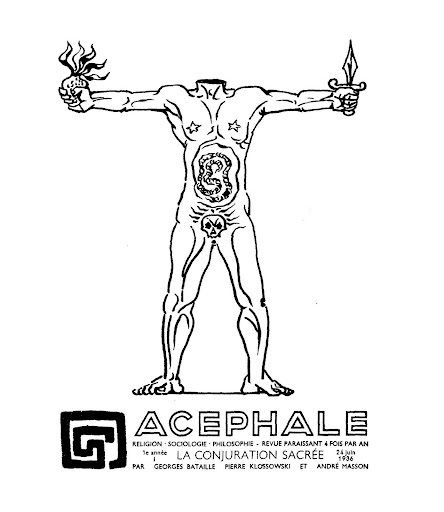
Fig. 19. Cover of the Acéphale magazine by Andre Masson (Wikipedia.org)
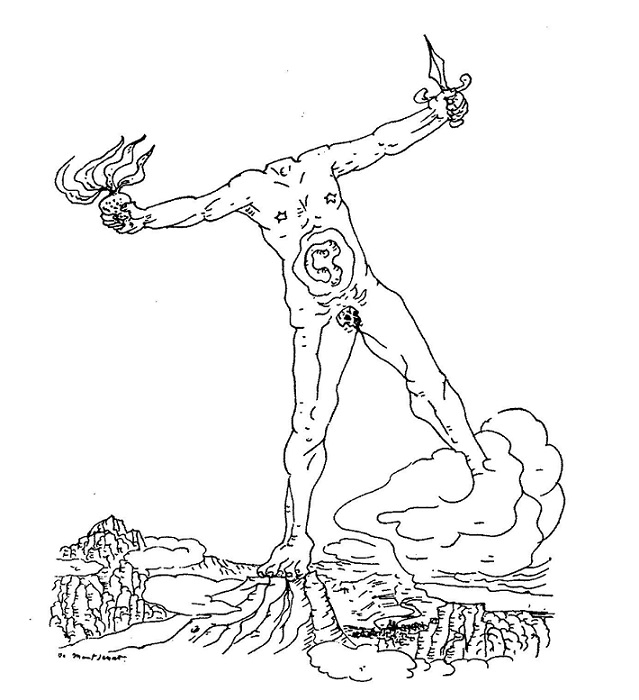
Fig. 20. Andre Masson, Acéphale
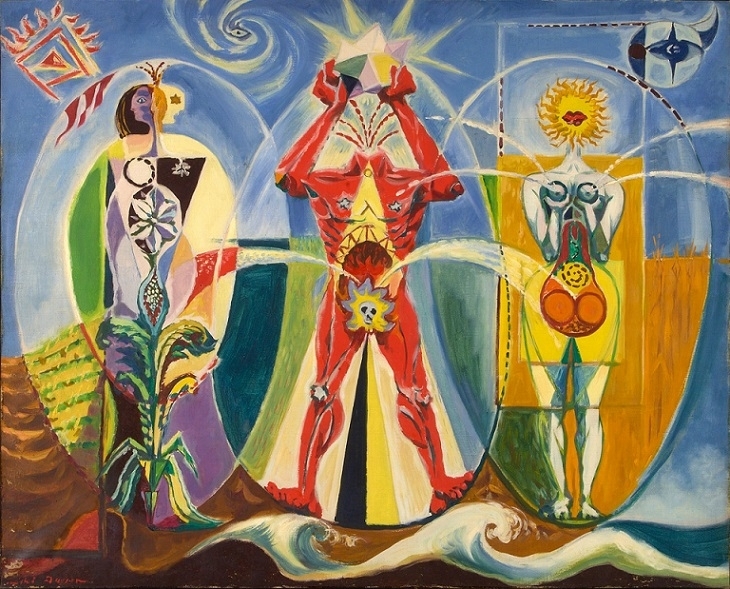
Fig. 21.
Stay Alive Headless
The headless Vitruvian Man embodies not the myth but its’ absence. The skull is placed where the genitals are, and to find it, you have to go through the labyrinth of guts. This image is not a figure of another god but rather an emblem of a modern personality. As Bataille claimed, “He’s not a man. But he’s not a god either. He’s not me, but he’s me more than I can be: his belly is a labyrinth where he’s got lost, where I’m wandering together with him and in whom I recognize myself, turning out to be him, which means to be a monster.” One of the sources for Acéphale could be the article of Roger Caillois devoted to a mantis. Caillois wrote that the mantis is a human-like-looking insect that was destined to become a mythological figure because of its’ ability to stay alive headless. Moreover, according to Caillois, a mantis without a head can play dead in danger, which sounds extraordinary because the headless insect is technically dead already. Interestingly, among Masson’s images, we can find one depicting the insect copulating with a woman (Fig. 22).
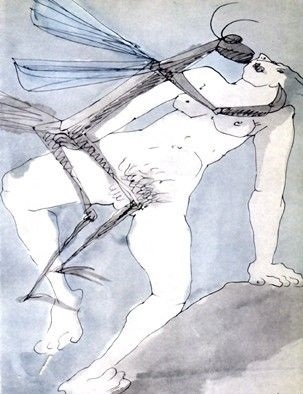
Fig. 22. Mantis and a woman (dataclem.com)

Fig. 23. The Earth, 1939 (wikiart.org)
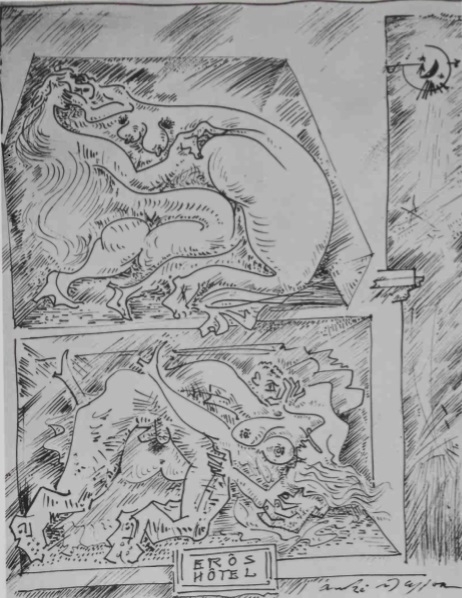
Fig. 24. Eros Hotel (The Complete Book of Erotic Art, V. 2. p. 52)
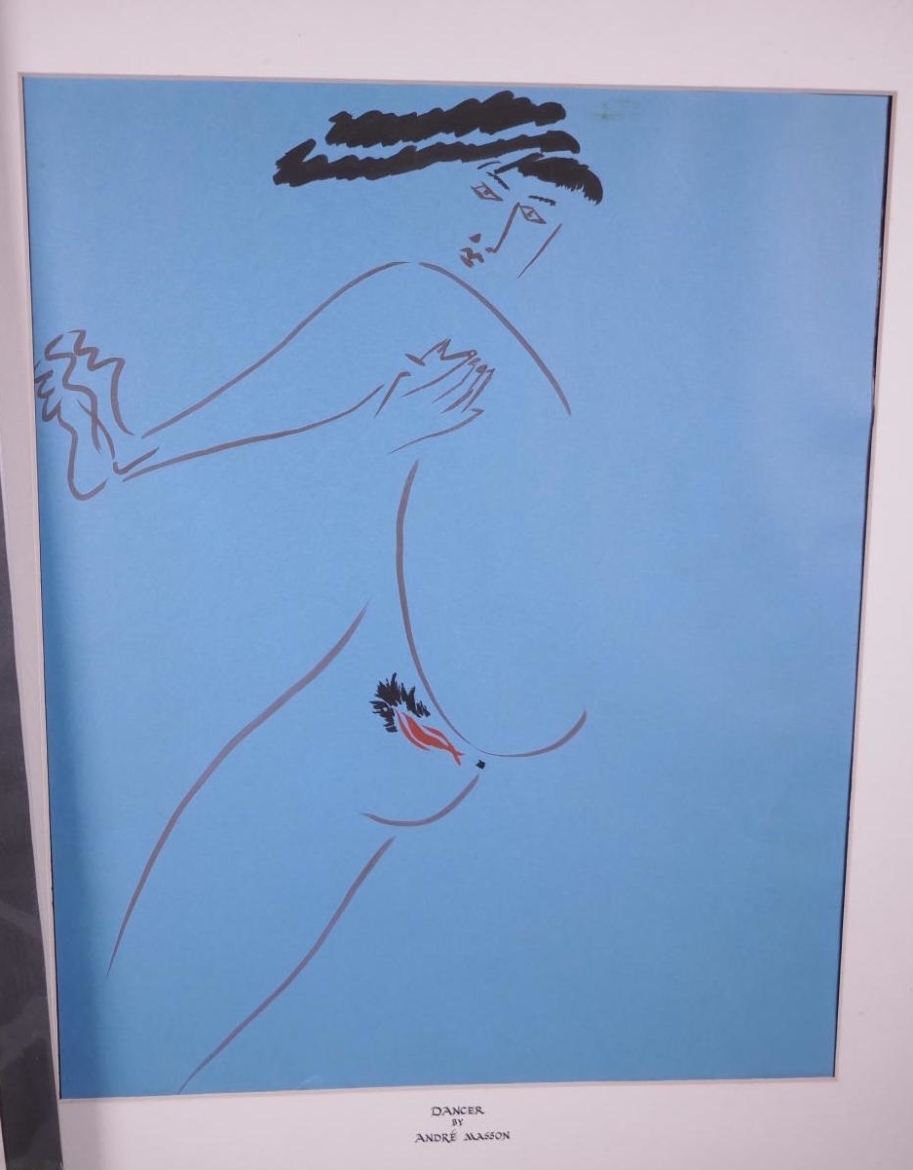
Fig. 25. Dancing Girl

Fig. 26. Hesperide, 1947 (wikiart.org)
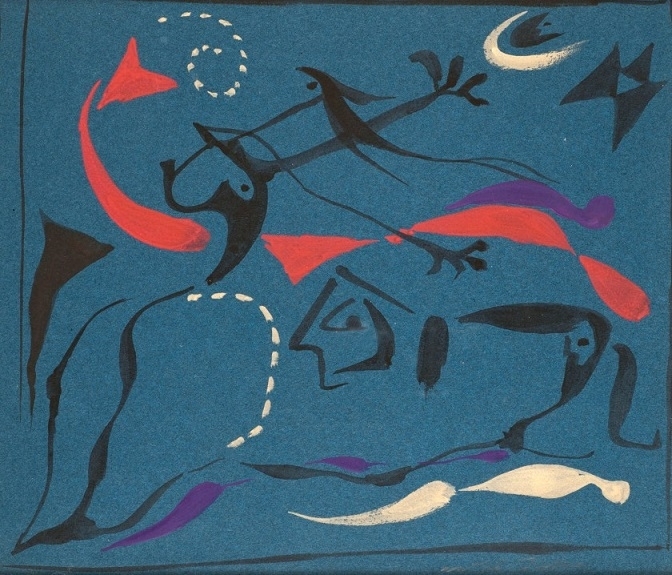
Fig. 27. Female construction
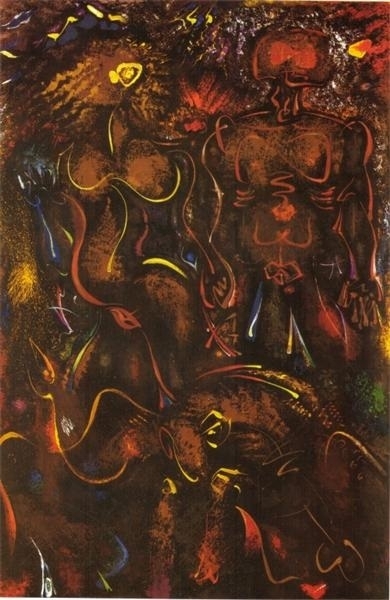
Fig. 28. Couple in the Night, 1958
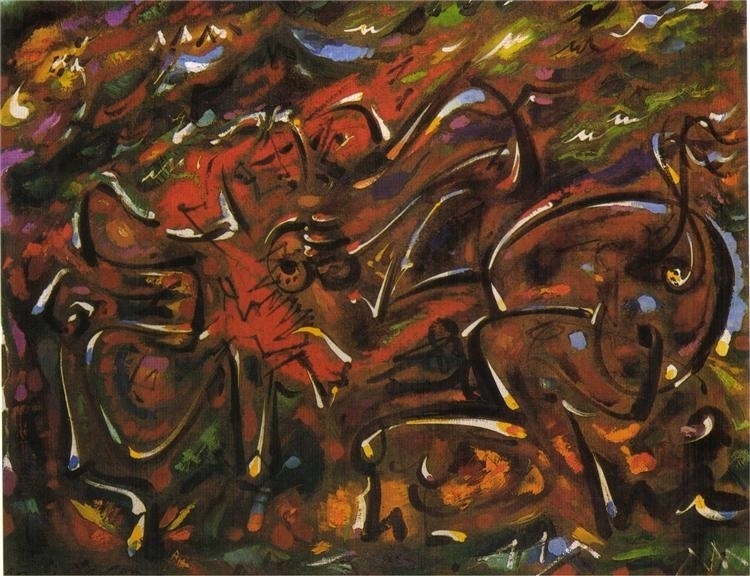
Fig. 29. Games Centaurs, 1961
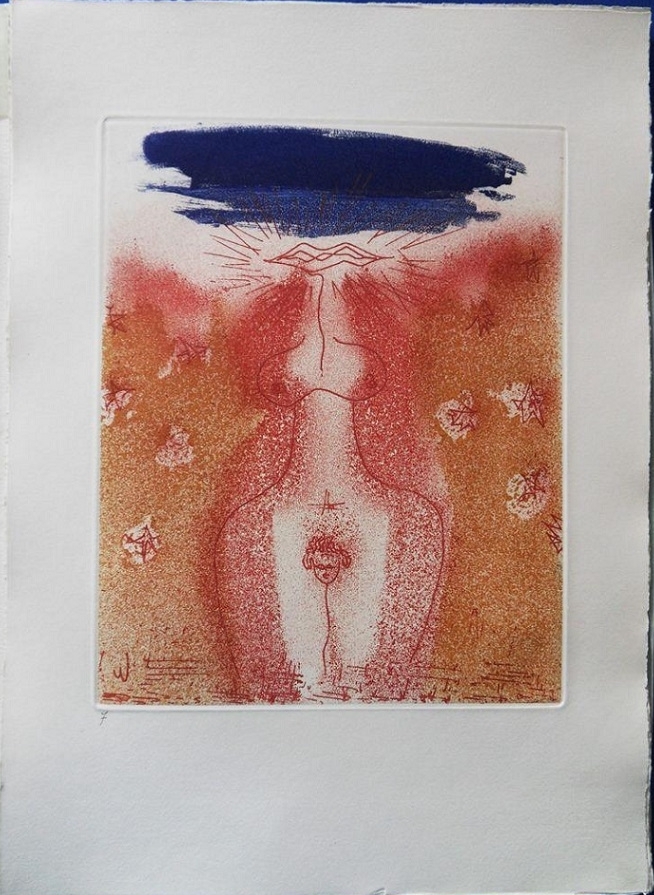
Fig. 30. Feminaire
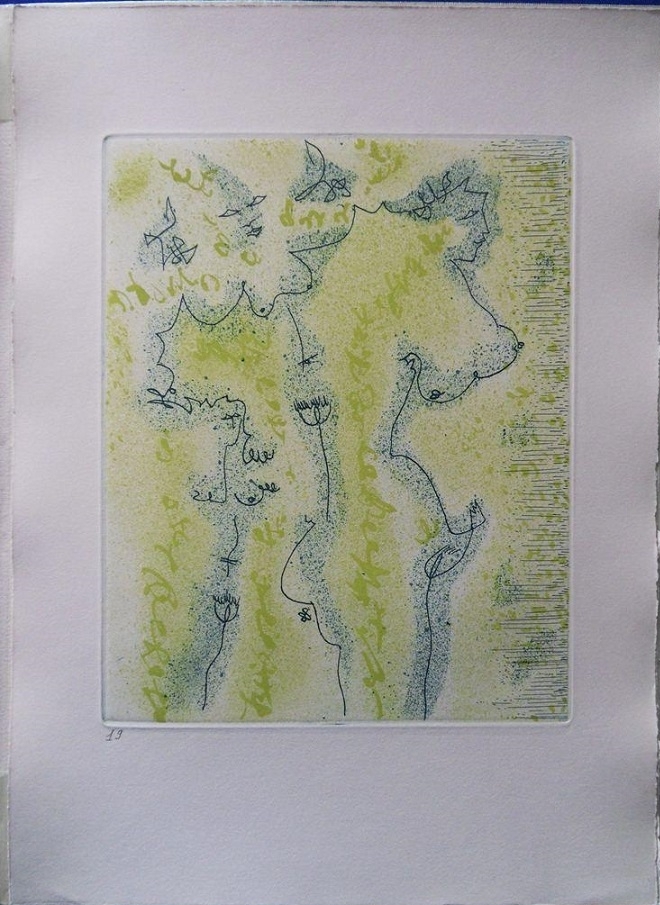
Fig. 31. Feminaire
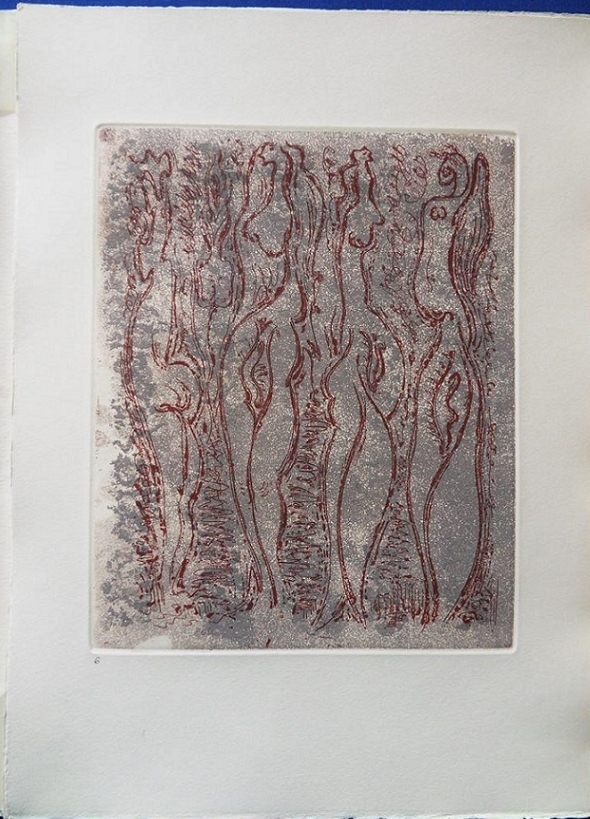
Fig. 32. Feminaire
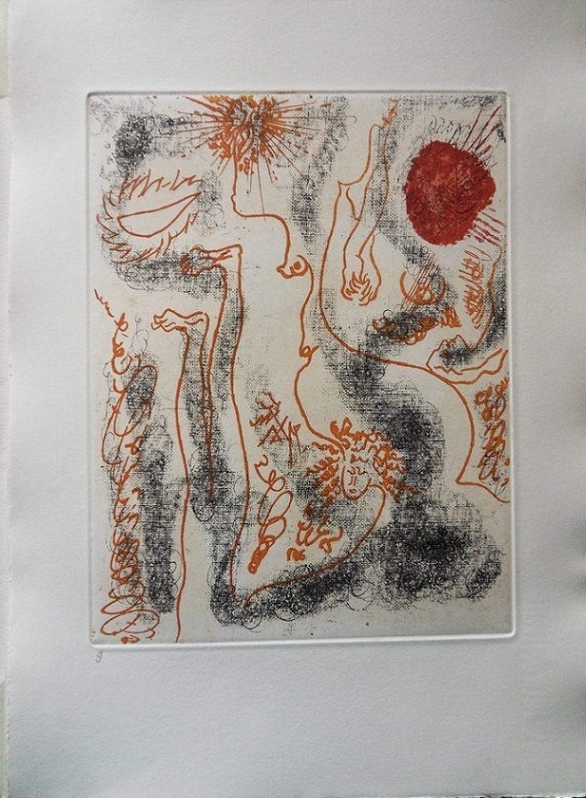
Fig. 33. Feminaire (abebooks.com)
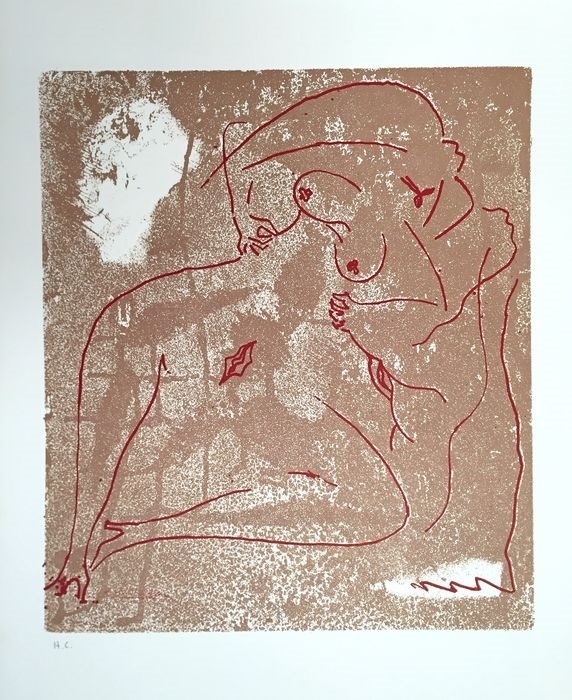
Fig. 34. Feminaire
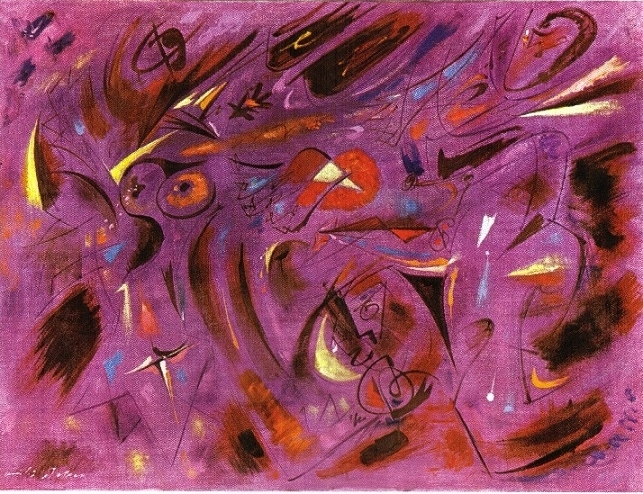
Fig. 35. Erotic constellation, 1961 (wahooart.com)
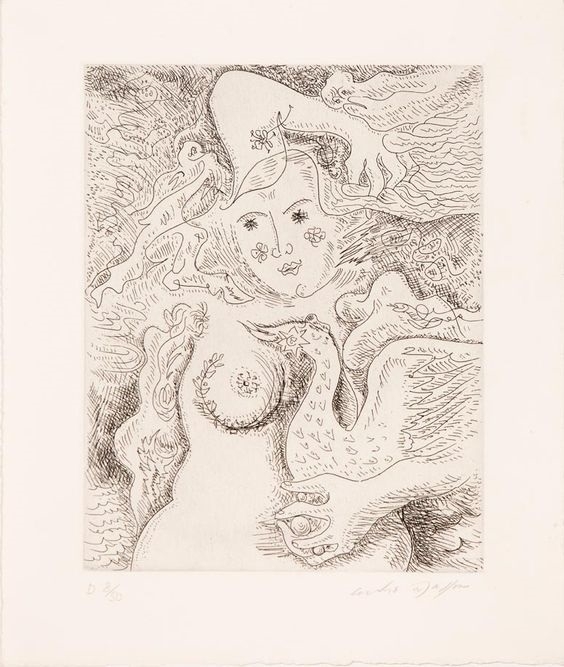
Fig. 36.
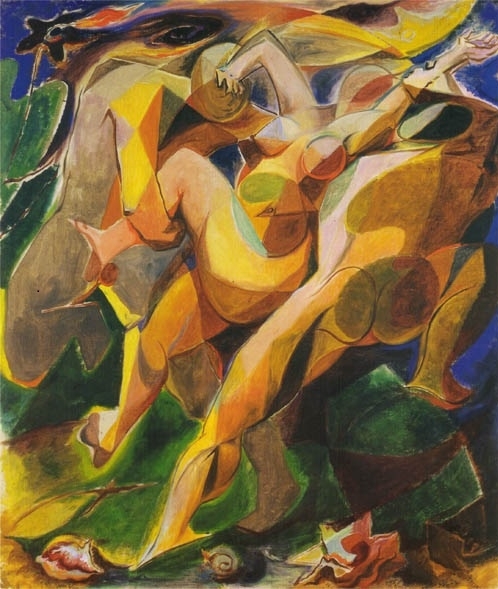
Fig. 37. Removal, 1932
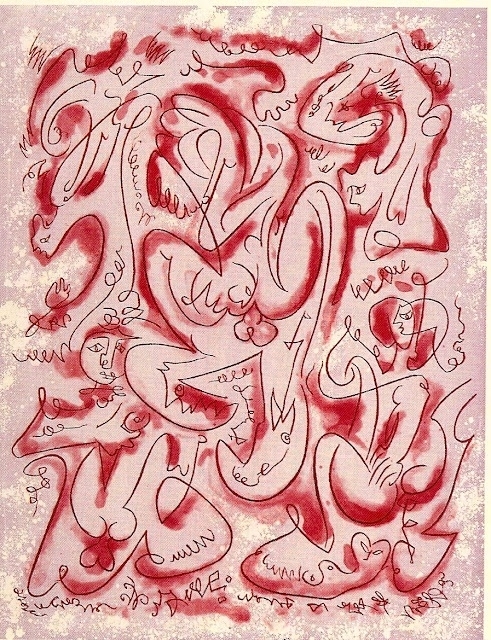
Fig.38.
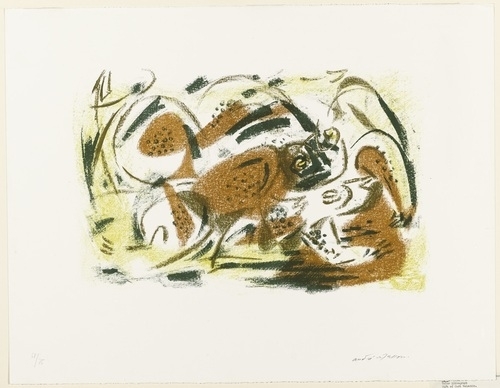
Fig. 39. The Frogs (wikiart.org)
Click HERE for an article on Eros and Thanatos meeting shunga…!!
Sources: Wikipedia.org; Keith Aspley. Historical Dictionary of Surrealism. 2010; Le mythe et les avant-gardes, sous la direction de Véronique Léonard et Jean-Claude Valtat, Clermont-Ferrand, Presses universitaires Blaise-Pascal, 2003 (http://ec-dejavu.ru/a-2/Acephale.html).
Let us know your thoughts on the sensual surrealism by André Masson in the comment box below….!!
